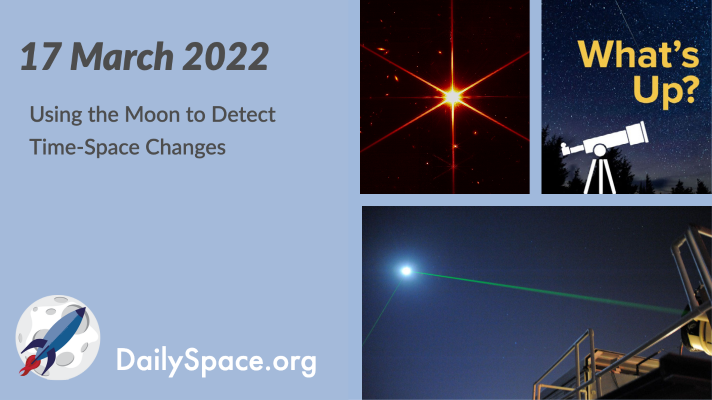
Mar 18, 2022 | Cassini, Daily Space, Earth, ESA, JWST, Mars, Moon, Physics, ROSCOSMOS, Rovers, Saturn, Sky Watching, The Sun
Scientists propose using changes in the distance from the Earth to the Moon and measured by lasers as a way to detect the phenomenon of gravitational waves. Plus, JWST is working, ExoMars is at risk, and in this week’s What’s Up, we learn about looking for zodiacal light.
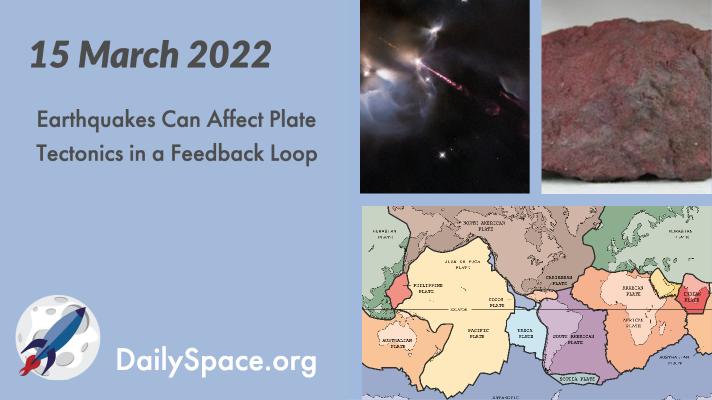
Mar 16, 2022 | Climate Change, Daily Space, Earth, Mars, Neutron Stars / Pulsars, Physics, Stars
Researchers studying GPS data collected from the 1999 İzmit earthquake in Turkey found that the quake changed the movement of the plate, and this effect may be possible for other tectonic plates. Plus, more pretty images, starspots merging, melting Arctic sea ice, and minerals on Mars.
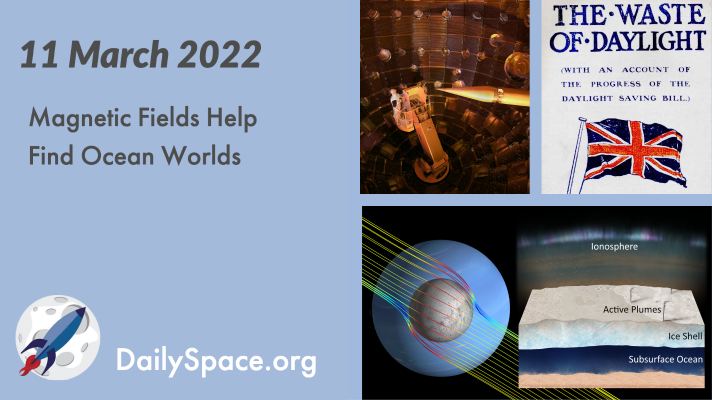
Mar 12, 2022 | Daily Space, Earth, Galaxies, Our Solar System, Physics, Rockets, Spacecraft
Researchers have determined how to effectively measure the magnetic fields at Neptune to determine if any of the moons are ocean worlds… in just twelve minutes. Plus, lasers recreate galaxy cluster conditions, some mind-bending new math, how the Earth’s crust developed, and a look at the long history of Daylight Saving Time.

Feb 17, 2022 | Crewed Space, Daily Space, Dark Matter, Galaxies, IXPE, Moon, Space China, Space History, Spacecraft, Stars, White Dwarfs
Today, our view on the universe gets itself an update thanks to the combined efforts of theorists and observers. From a new understanding of how galaxies can lose their dark matter, to how white dwarfs can be resurrected into helium-burning stars, we have the weird, the wonderful, and in the case of a new lunar tracking system, we even have a touch of the mundane. Plus, this week in rocket history, we look back at STS-82 which serviced the Hubble Space Telescope.
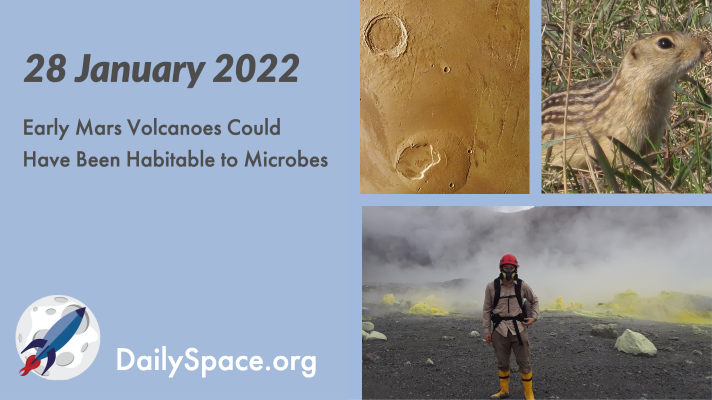
Jan 29, 2022 | Asteroids, Astrobiology, Climate Change, Crewed Space, Daily Space, Earth, Exoplanets, Mars, Physics, Science
A research team studying the Poás volcano in Costa Rica, a potential analog for early Mars conditions, finds microbes surviving in extremely harsh conditions. Plus, table-top matter-antimatter experiments, an exoplanet’s complex atmosphere, and how snails and squirrels can help us understand space.
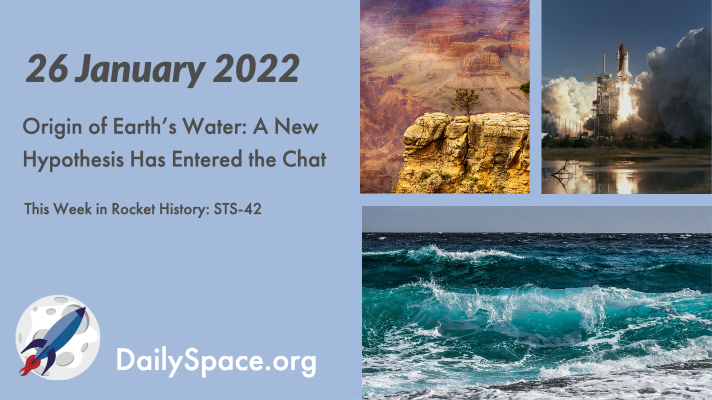
Jan 27, 2022 | Astrobiology, Crewed Space, Daily Space, Earth, Milky Way, Physics, Rockets, Space China, Space History, Spacecraft
For decades, scientists have been trying to work out just how the Earth got all its water, and the prevailing theory was that comets and asteroids brought it, and we have evidence for that mechanic; however, a new hypothesis has provided evidence that the water was already here, locked away in hydrous minerals in a very iron-poor core. Plus, magnetic fields, subatomic particles, life on the ocean floor, a geology mystery solved, and this week in rocket history covers a space shuttle mission with some really neat science.








 We record most shows live, on Twitch. Follow us today to get alerts when we go live.
We record most shows live, on Twitch. Follow us today to get alerts when we go live.